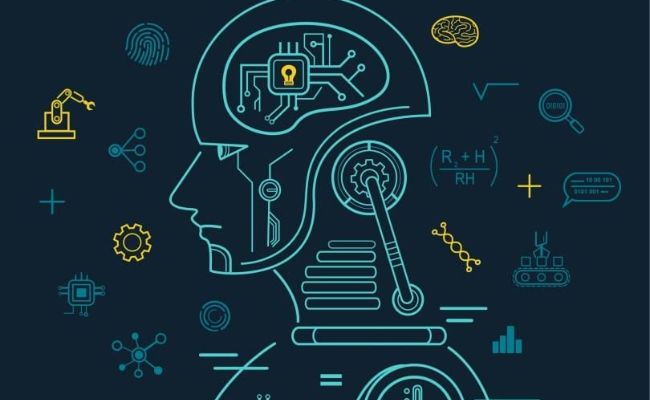
Artificial Intelligence and Machine Learning (AI and ML) are two of the most critical technologies at the forefront of the digital revolution. Both aim to provide feasible solutions to legacy issues in different sectors. The insurance sector has already introduced technologies to improve operational performance and resolve longstanding challenges. For instance, Indian insurance companies lose $6.25 billion to different types of fraud, approximately 8.5% of their total revenues.
AI and ML can help fix loopholes by reshaping traditional processes, making them more efficient, data-driven, and customer-centric. In addition to risk assessment and fraud detection, the usage of the latest technologies can enable insurers to deliver personalized policies and proactive risk management.
The Role of AI and ML in Commercial Insurance
The operations and processes in commercial insurance are inherently complex and include detailed risk assessments, fraud detection, and intricate claims processing. Due to the nature of commercial insurance, legacy systems have relied heavily on manual underwriting, often leading to delayed policy approvals, inefficient claims handling, and high operational costs. Commercial insurers have also suffered from fraudulent claims, which have resulted in huge financial losses.
With the introduction of AI and ML in commercial insurance processes, it is possible to automate underwriting, enable predictive risk modeling, and improve fraud detection. Data Analytics powered by AI can assess risks effectively, and ML algorithms can streamline claim processing and underline any unusual patterns in such claims. The advancements make the entire process faster and more reliable.
Key Areas Where AI and ML Are Redefining Commercial Insurance
Here are the core areas where AI and ML have already been introduced and have redefined commercial insurance:
1. Underwriting and Risk Assessment: Commercial insurance’s underwriting process has traditionally depended on manual risk evaluation and historical data analysis. With the introduction of AI, it is possible to analyze vast datasets within a few seconds (or less). The datasets can include market trends, customer behavior, and historical claims. Machine learning (ML) models can identify hidden risk patterns and predict future claim probabilities more accurately. This could be a critical step in offering dynamic and tailored prices to commercial policyholders.
2. Fraud Detection and Prevention: As suggested before, fraudulent claims can cost insurance companies a fortune. Due to manual data assessment, conventional processes make it difficult to analyze anomalies. However, with the introduction of AI, suspicious claims can be identified through in-depth analysis of behavioral patterns and transaction histories. Predictive analytics help flag potential fraud before payouts occur, reducing financial losses.
3. Claims Processing & Customer Service Automation: Faster claim processing in commercial insurance can be quite critical, as any delays can lead to businesses facing huge financial losses or even closure. AI and ML-powered claim processing and customer service make it possible to process claims in minutes and with the utmost reliability. AI-enhanced document verification enables insurers to process and approve claims within hours instead of weeks.
Summing Up
The role of AI and ML is to identify and quickly resolve the issues and challenges the insurance sector has been facing for years. In commercial insurance, AI and ML can help improve operational areas, from automated underwriting to fraud prevention and seamless claims processing. Using the latest technologies is cost-effective and provides a win-win for insurance companies and businesses.
Authored By:
Aditya Dadia, Founder Alwrite


